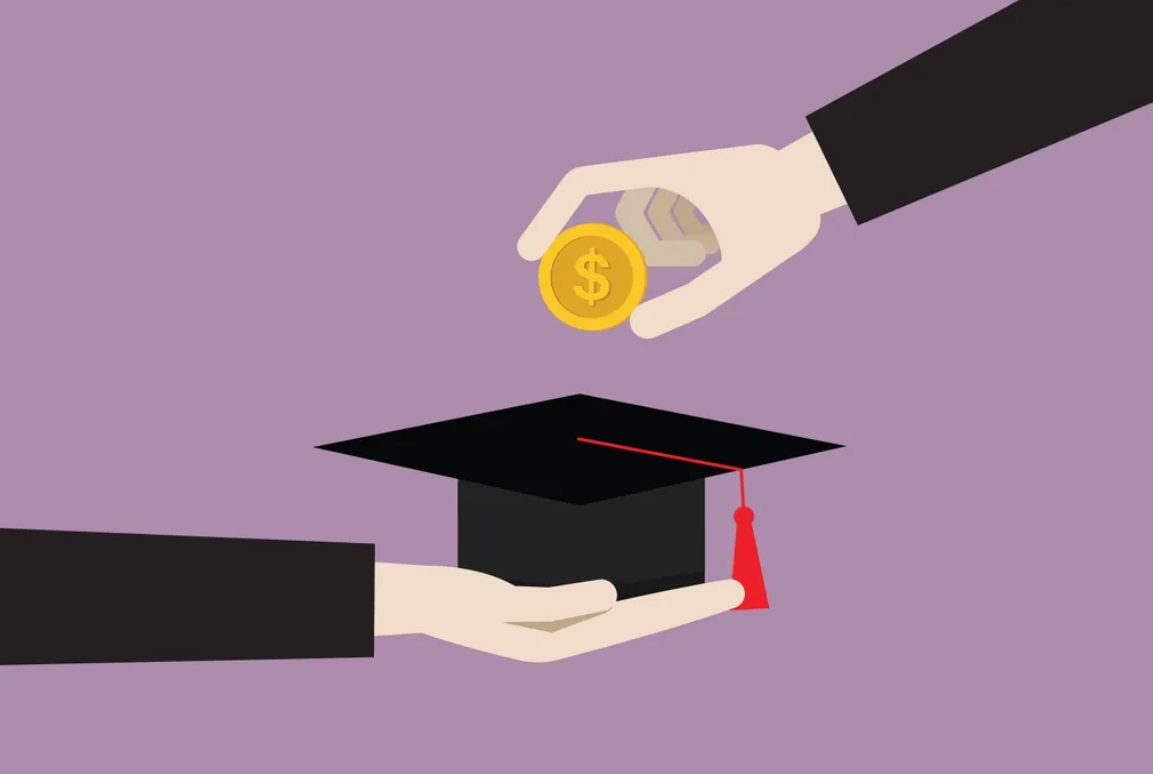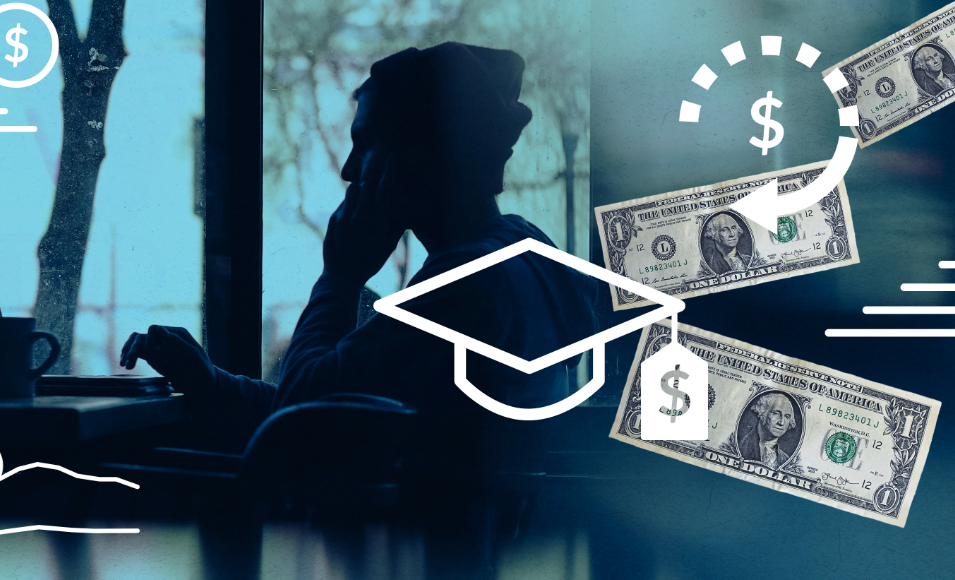In a significant development for student borrowers across the nation, the federal government has announced the forgiveness of a staggering $39 billion in student loans. This article delves into the details of this monumental decision, examining its implications for individuals and the broader landscape of higher education.
Unprecedented Scale of Loan Forgiveness: Introduce the sheer magnitude of the loan forgiveness program, emphasizing that it marks one of the largest initiatives in the history of federal student loans. Provide context on the scale of outstanding debt and the number of borrowers impacted.
Criteria and Eligibility: Detail the criteria and eligibility requirements for borrowers to qualify for the loan forgiveness program. Discuss whether this forgiveness is targeted towards specific groups, such as low-income individuals, public service workers, or those who attended for-profit institutions.
Implementation Process: Explore the mechanisms through which the federal government plans to implement such widespread loan forgiveness. Discuss the logistics involved, the timeline for the rollout, and any potential challenges that may arise during the execution of this ambitious program.
Impact on Borrowers: Analyze how this forgiveness program will directly impact individual borrowers. Discuss the relief it provides to those burdened by student loan debt, potentially freeing them from financial constraints and improving their overall financial well-being.
Economic Stimulus and Consumer Spending: Examine the broader economic implications of forgiving such a substantial amount of student loan debt. Discuss how the injection of funds into the economy through reduced debt obligations may stimulate consumer spending, contributing to economic growth.
Political and Social Context: Address the political and social context surrounding the decision, considering factors such as public opinion, political motivations, and the ongoing discourse on student loan reform. Explore how this move fits into the larger narrative of addressing the challenges faced by student borrowers.
Challenges and Criticisms: Acknowledge potential challenges and criticisms associated with the loan forgiveness program. Consider arguments against widespread forgiveness and any concerns about its impact on government finances.
Educational Reform Discussions: Discuss how this large-scale forgiveness may contribute to ongoing discussions about the need for comprehensive educational reform. Explore whether this move prompts conversations about the affordability and accessibility of higher education.
Precedent for Future Policies: Conclude by considering the precedent set by this forgiveness program and its potential influence on future policies related to student loans. Speculate on whether this marks a shift in the government’s approach to addressing student debt.
The announcement of $39 billion in federal student loan forgiveness is a landmark moment with far-reaching implications. As the nation grapples with the challenges of student debt, this initiative holds the promise of relieving financial burdens for countless individuals and reshaping the conversation around the affordability of higher education.


